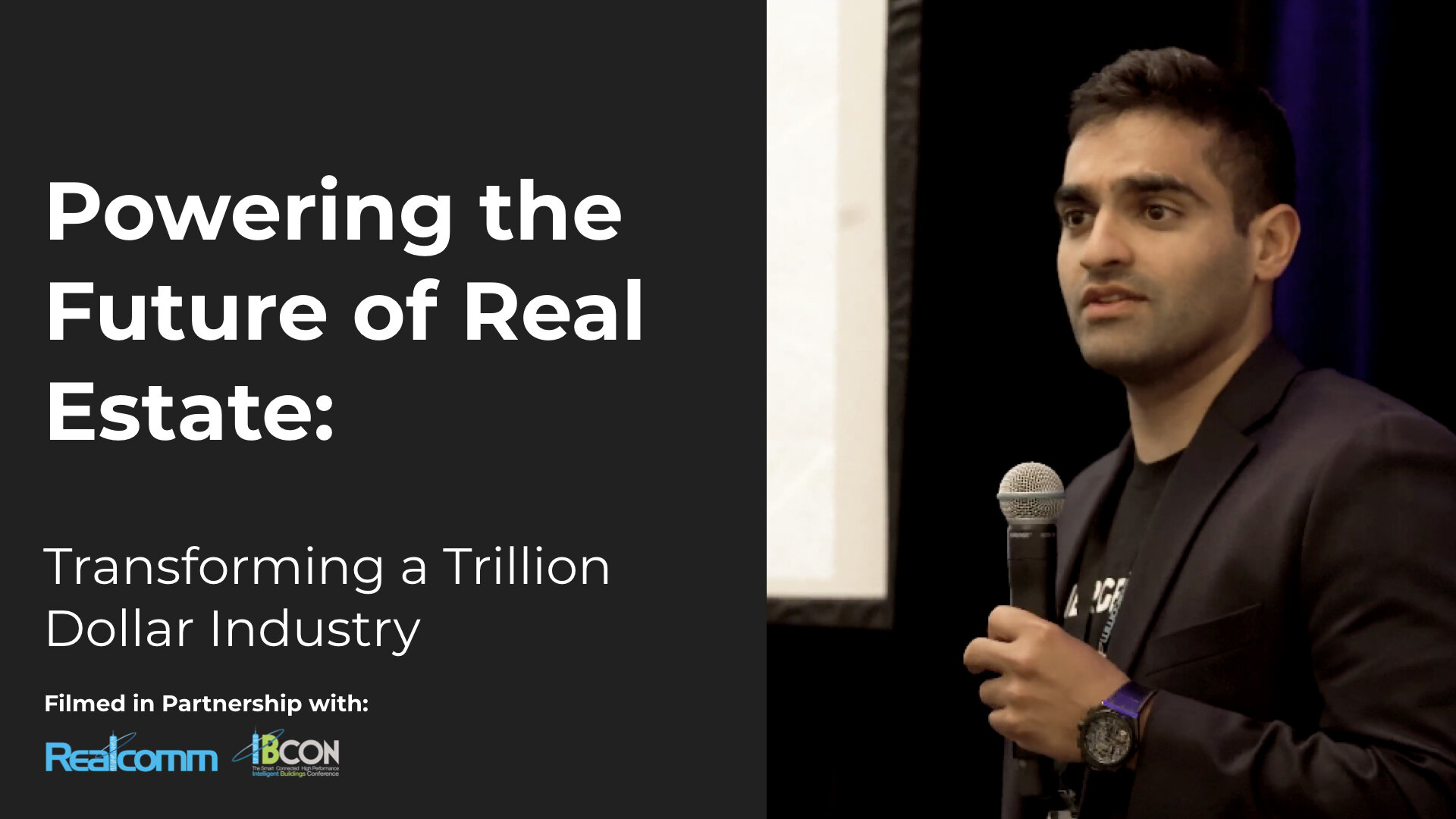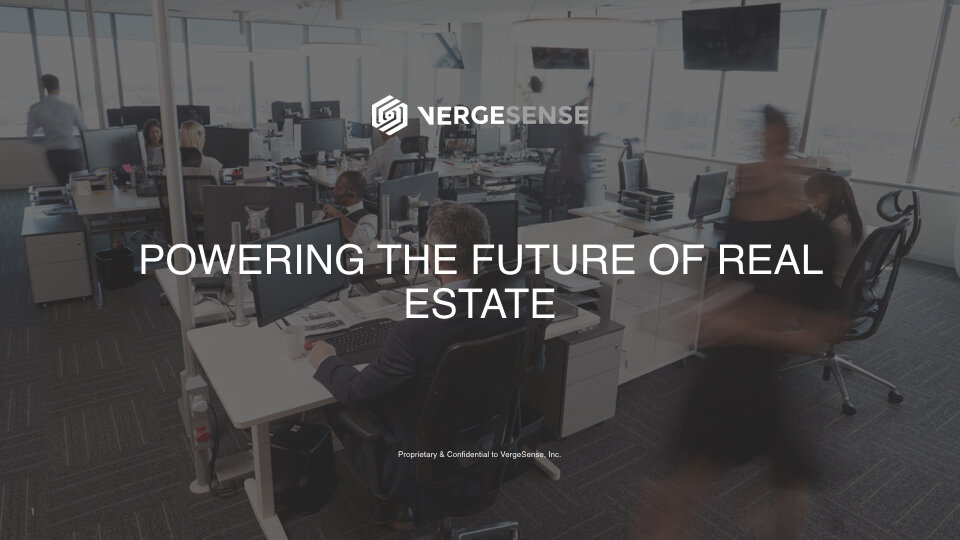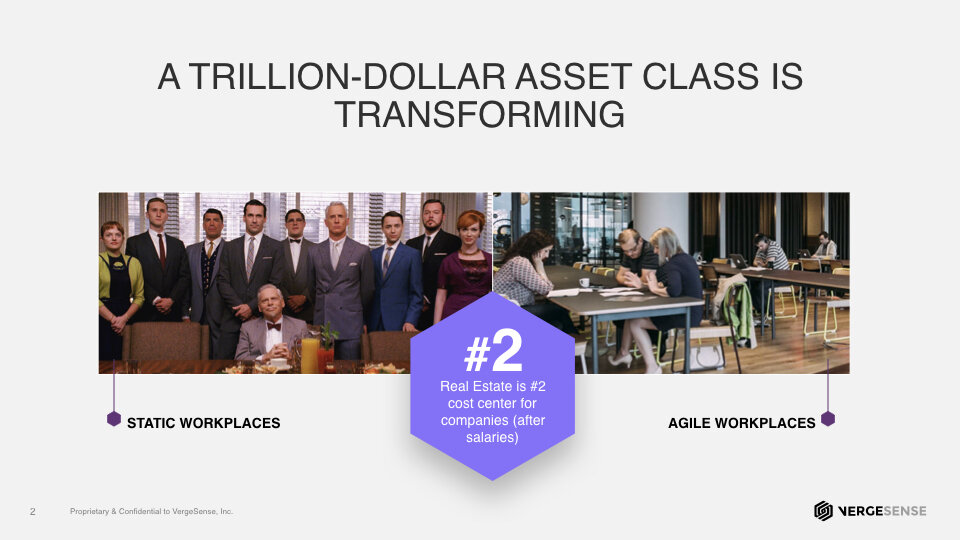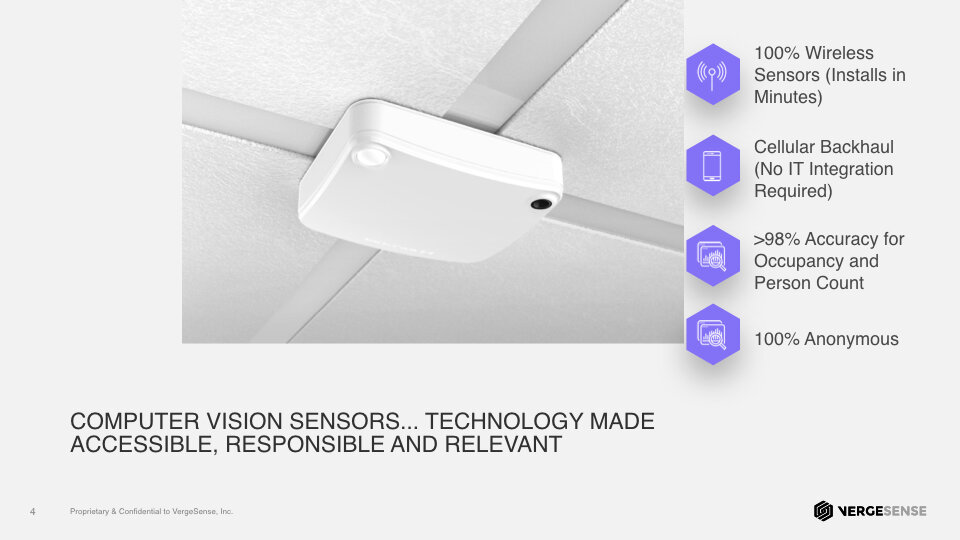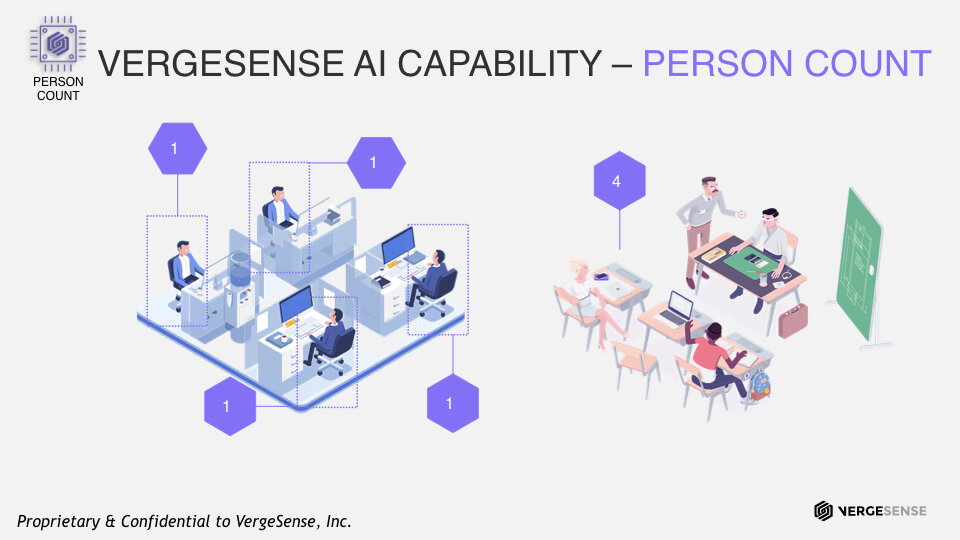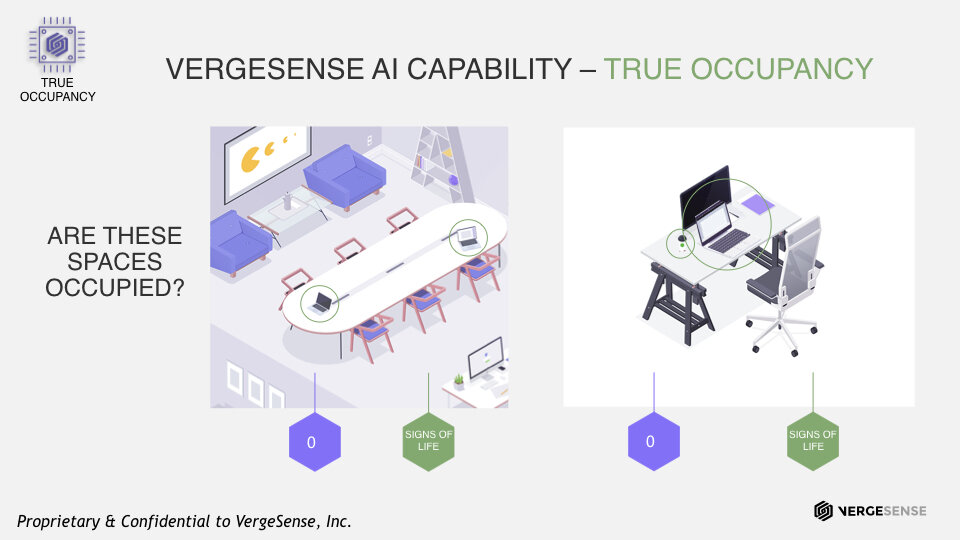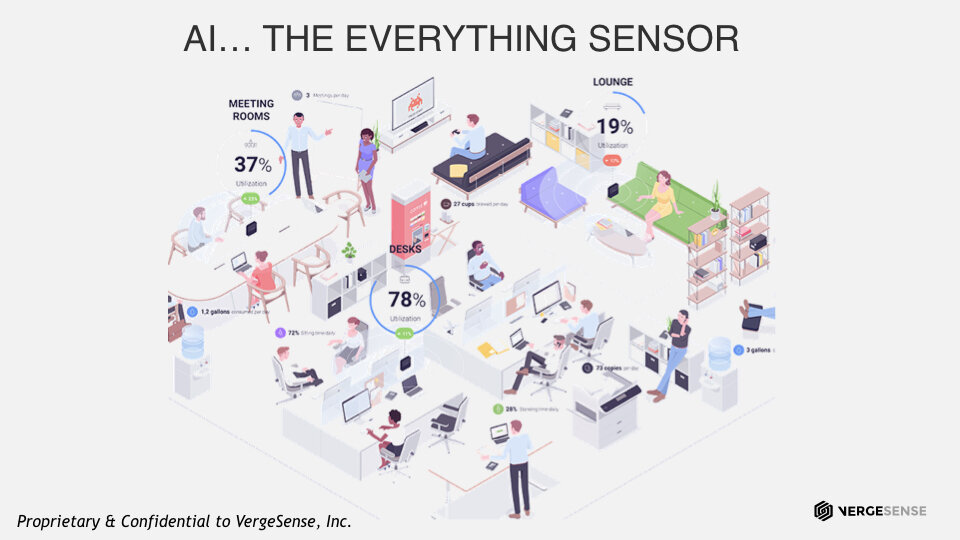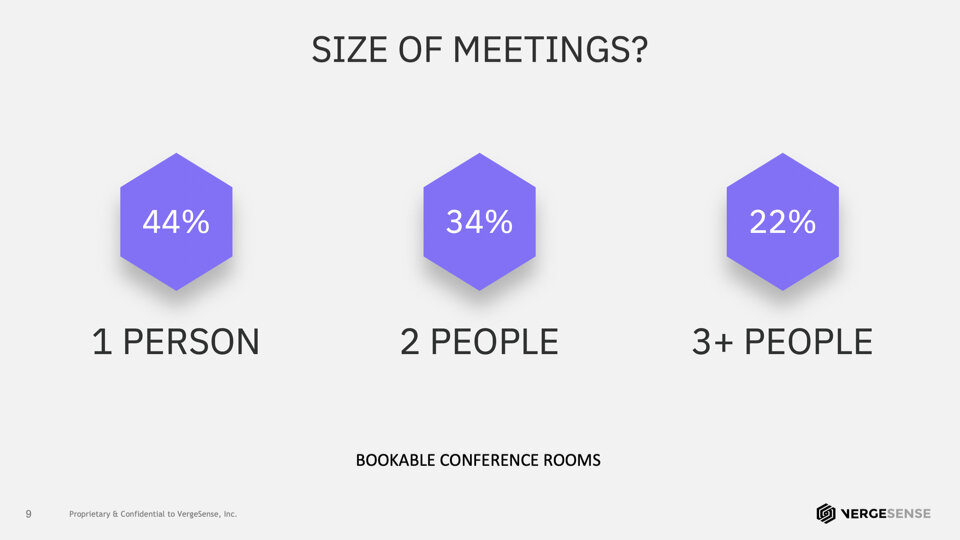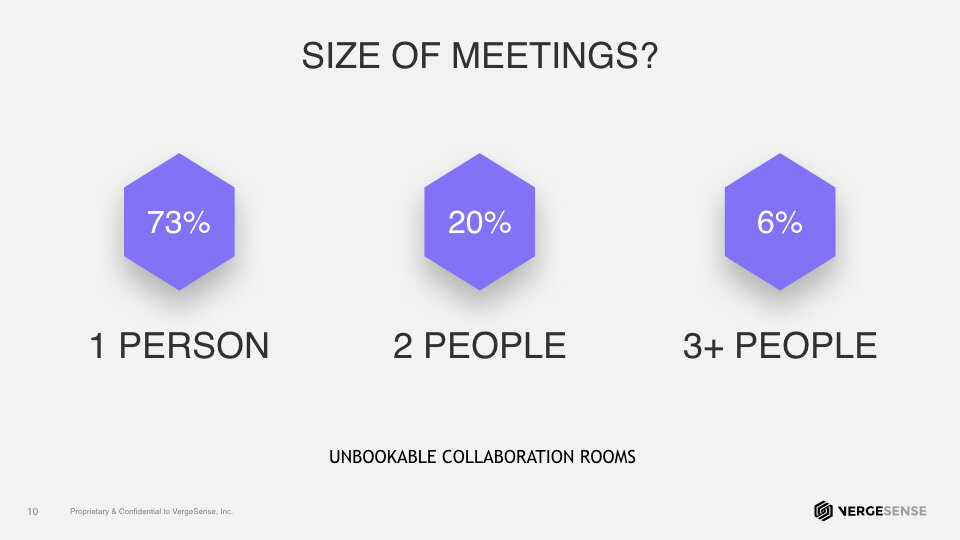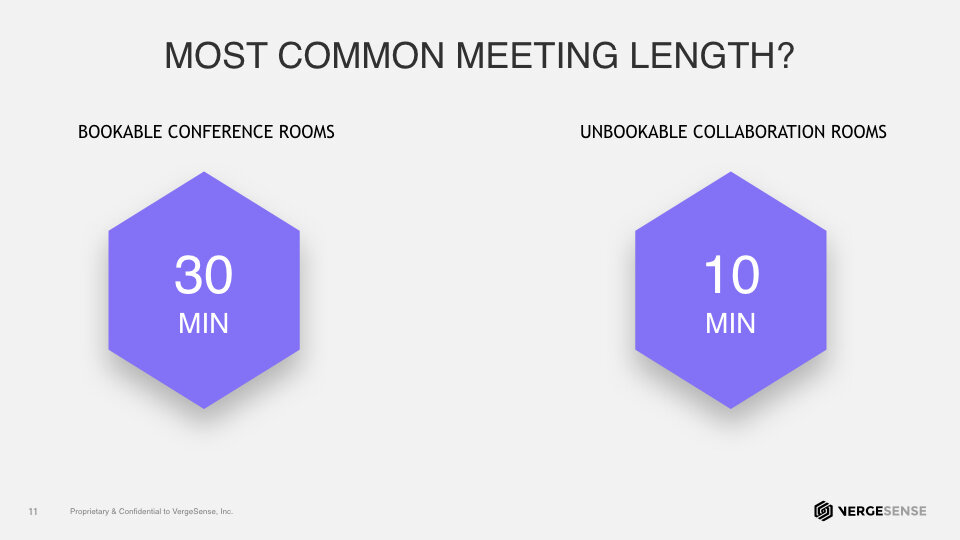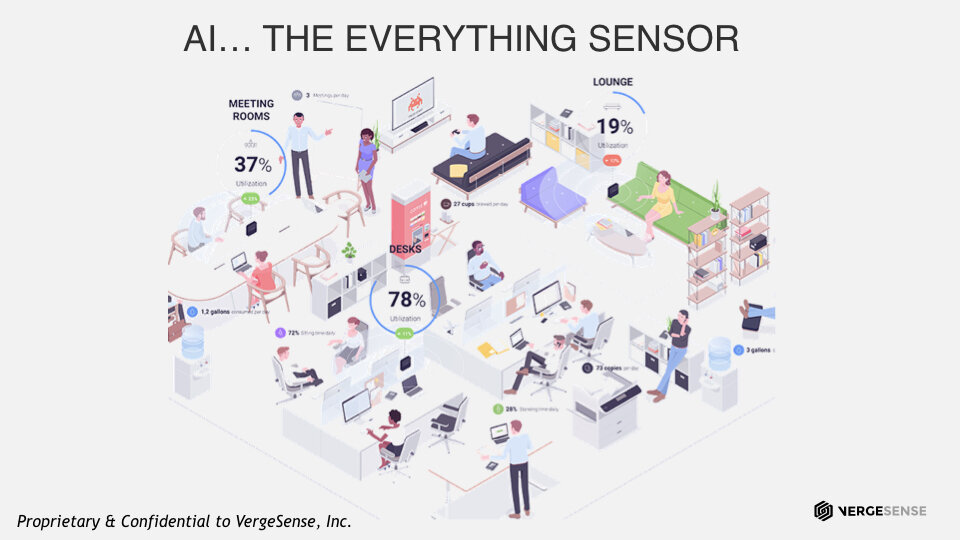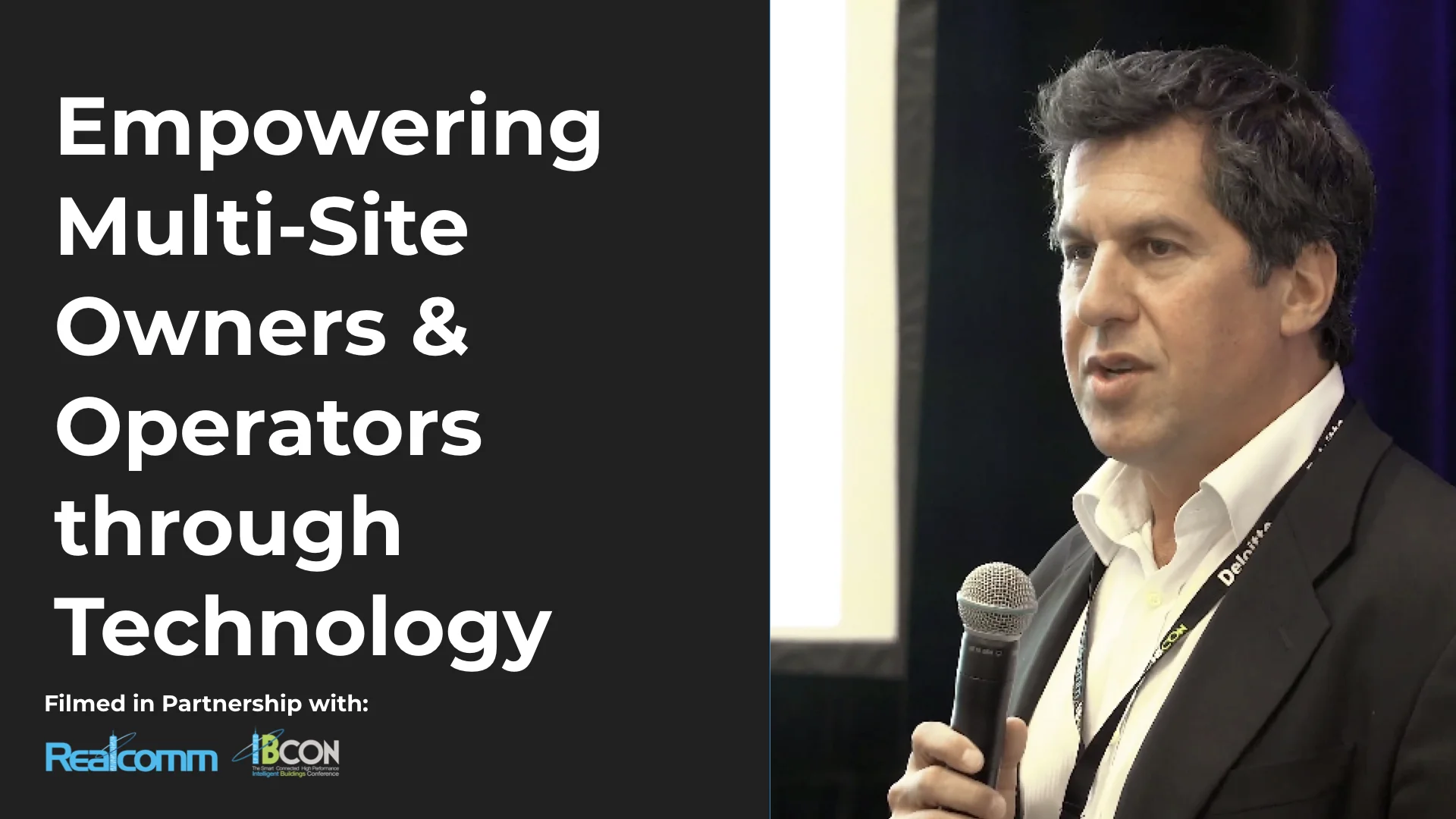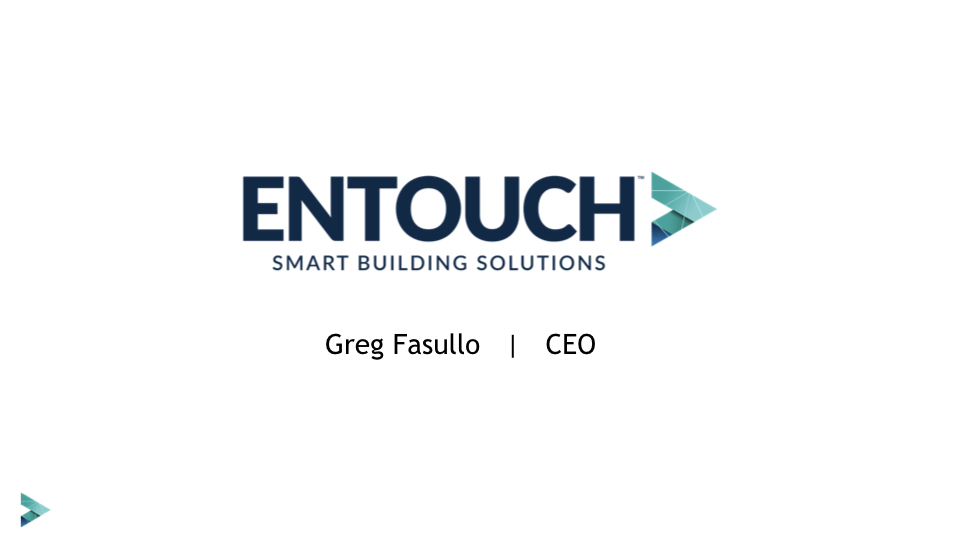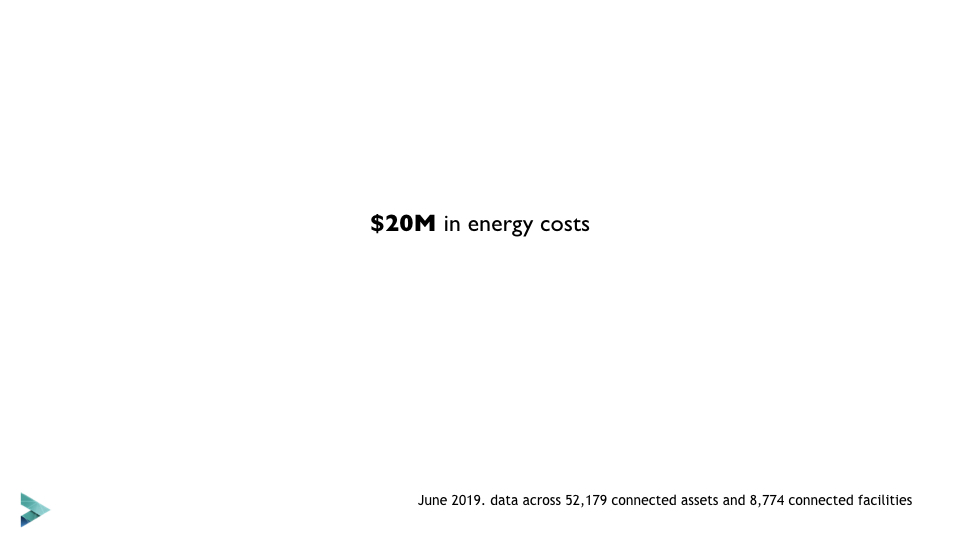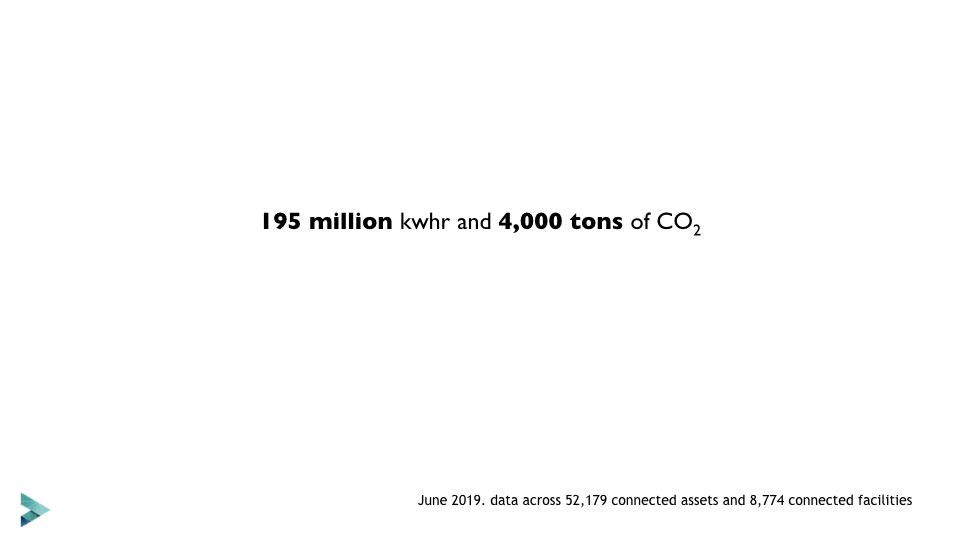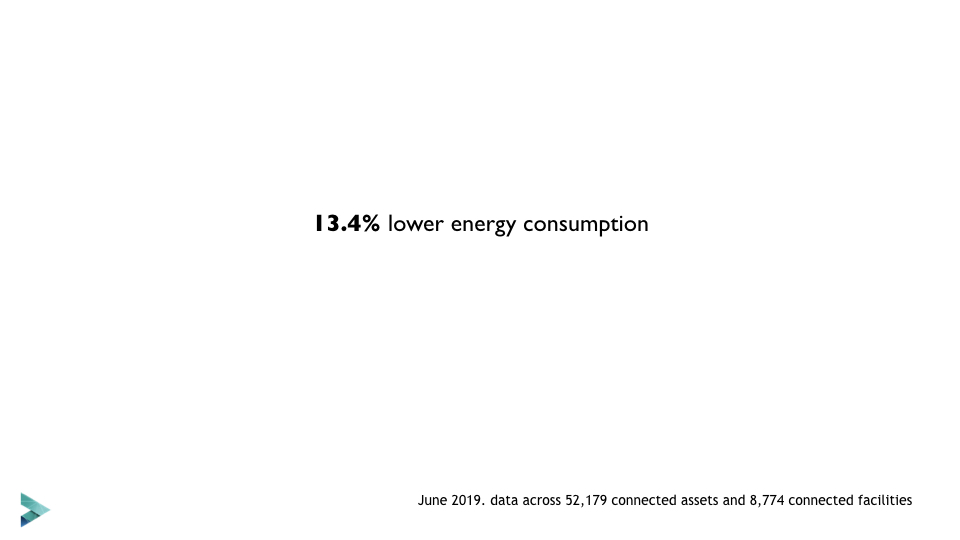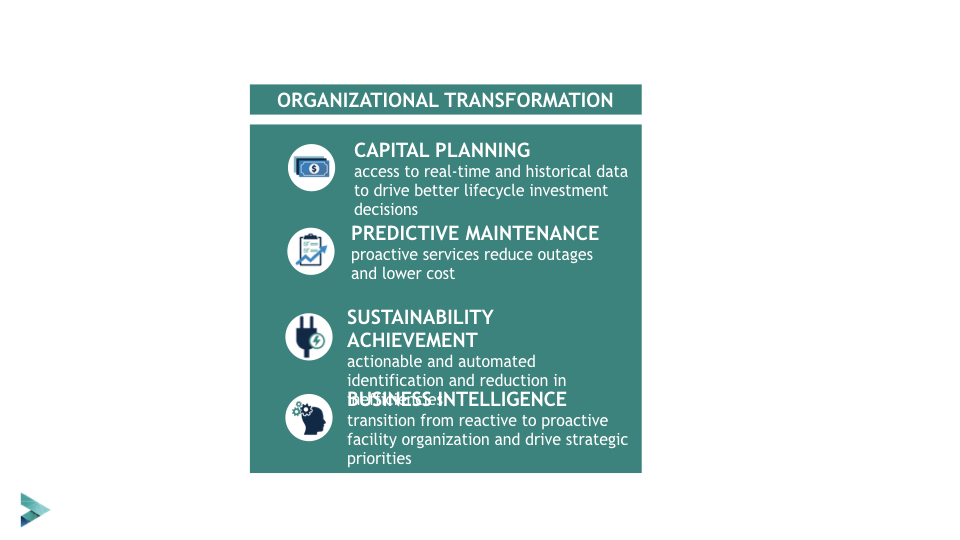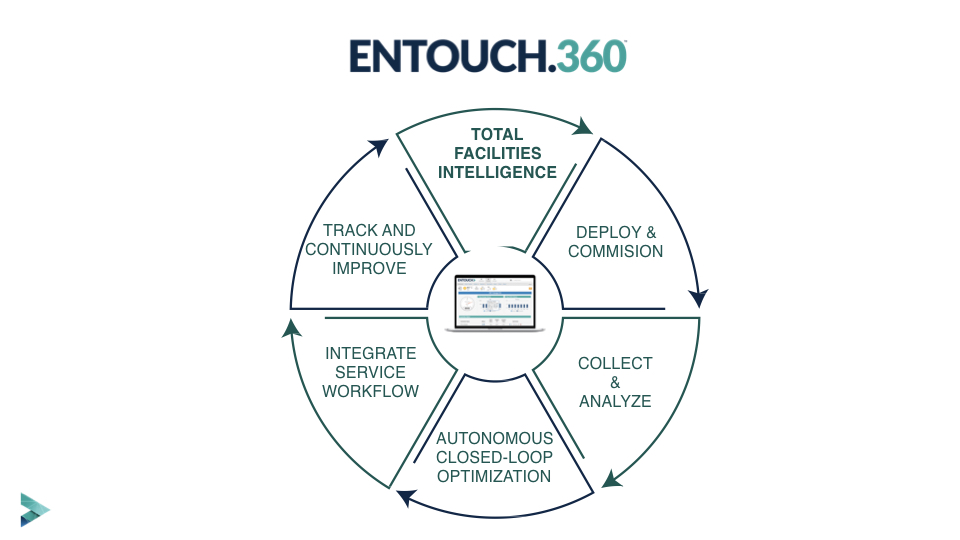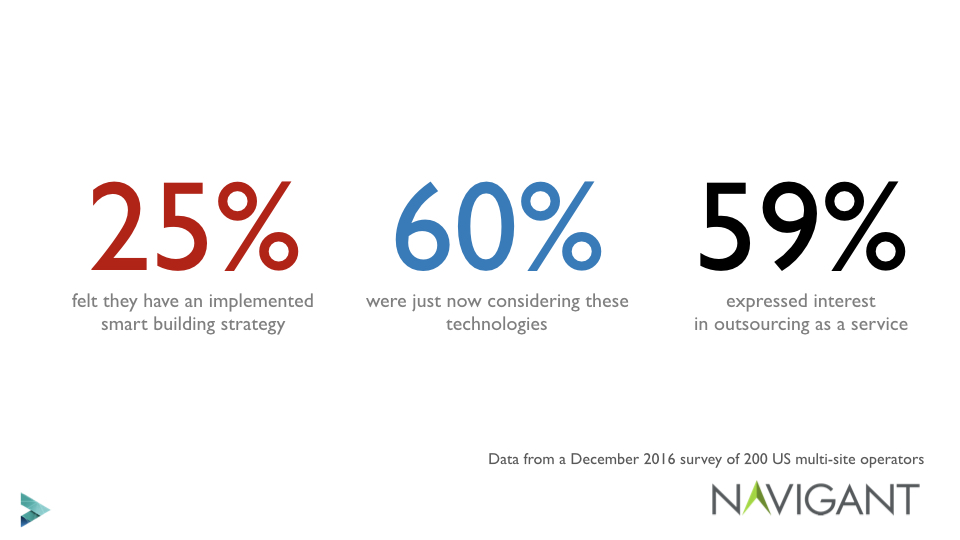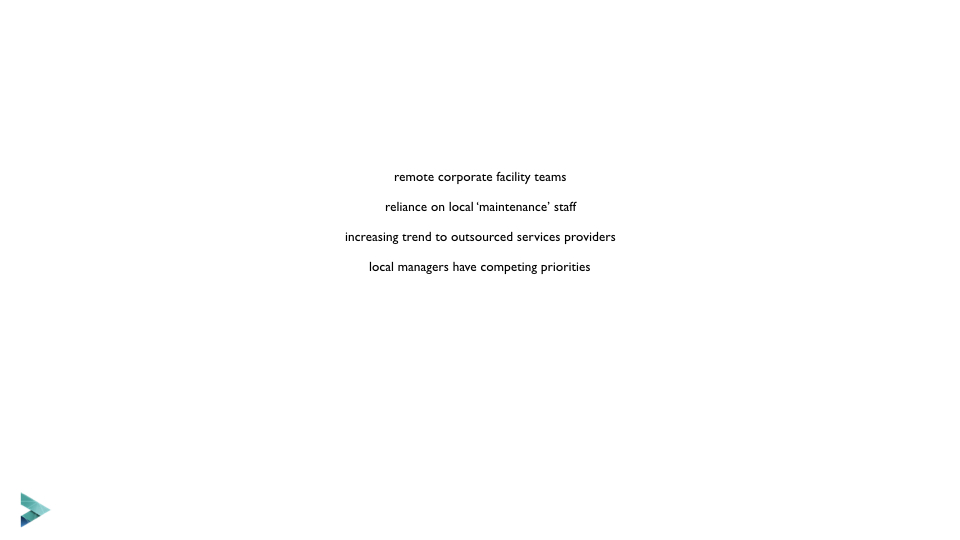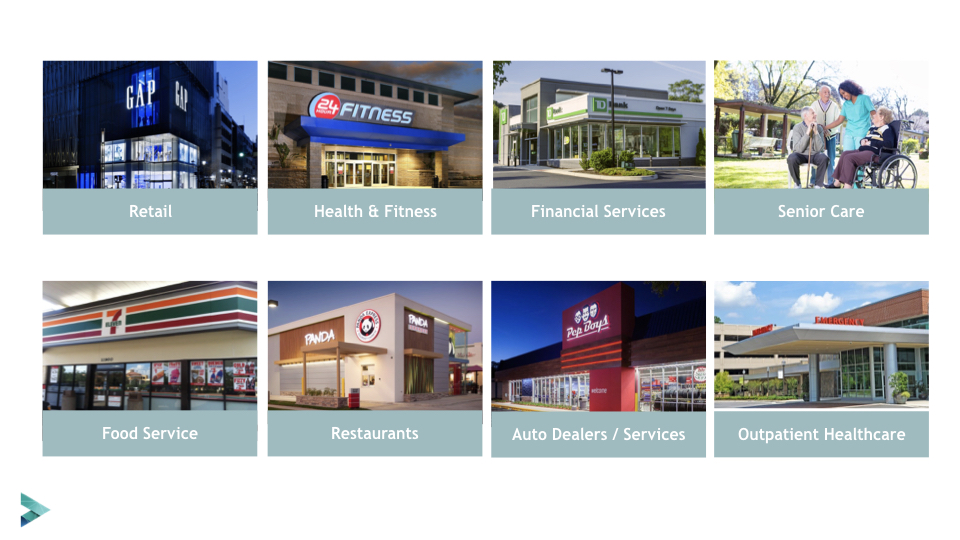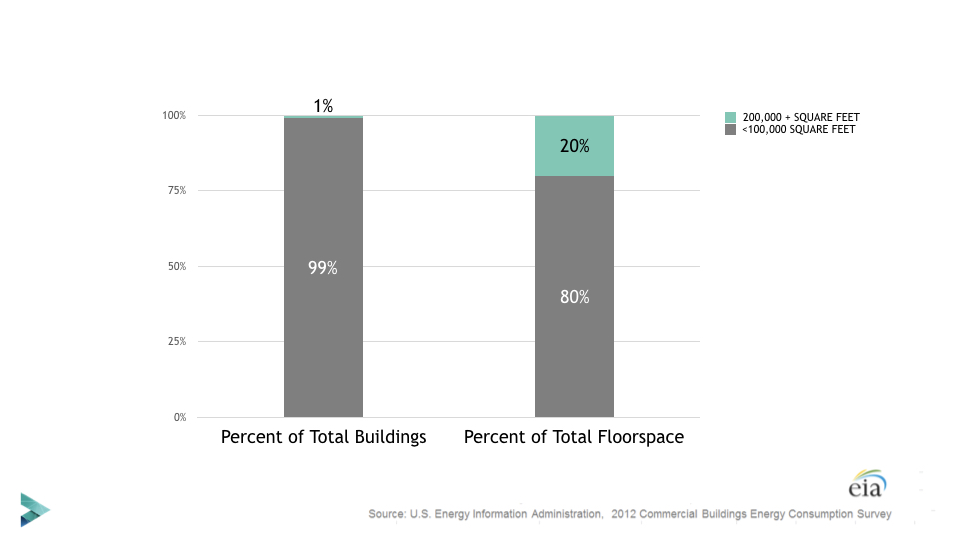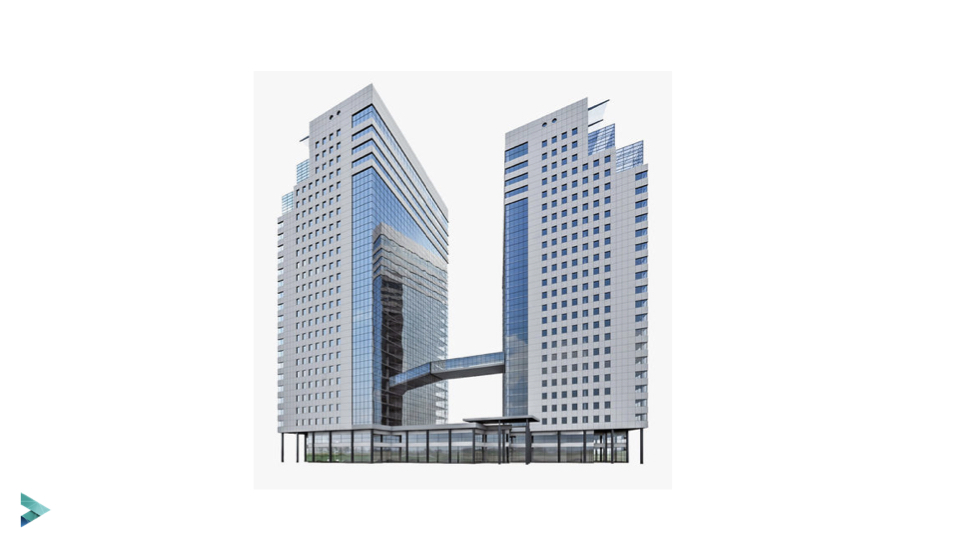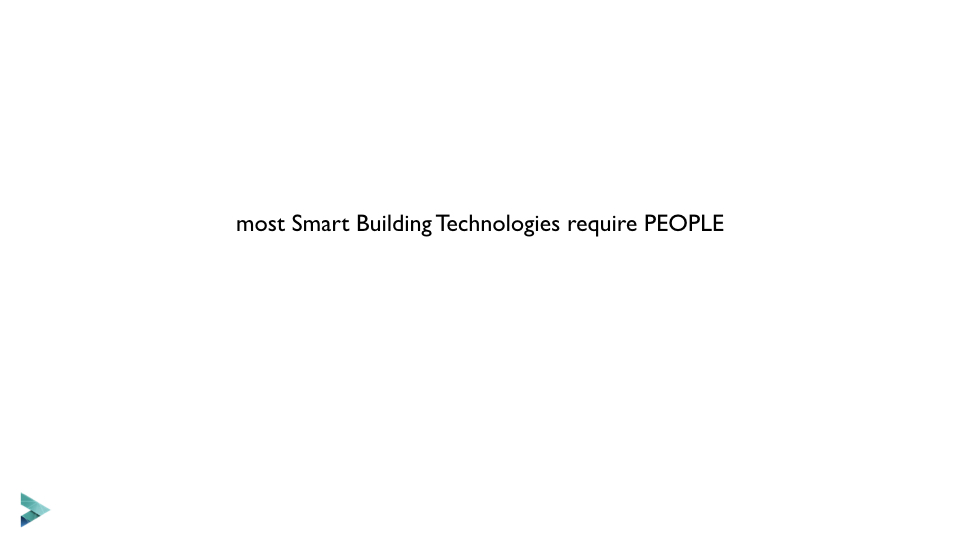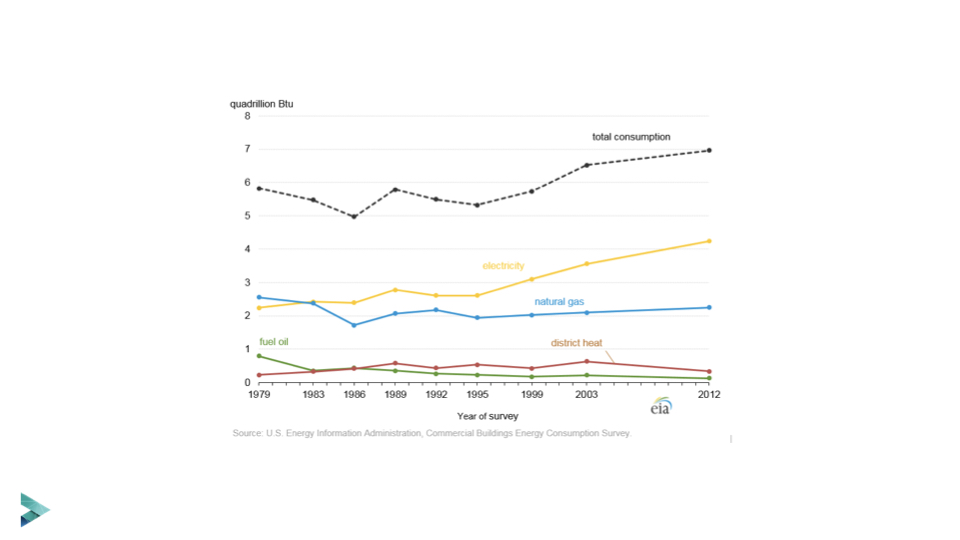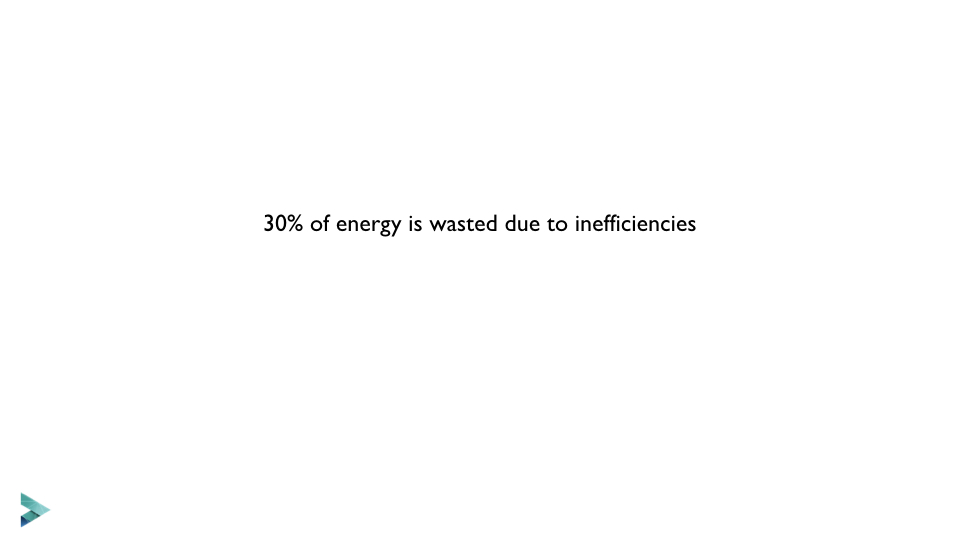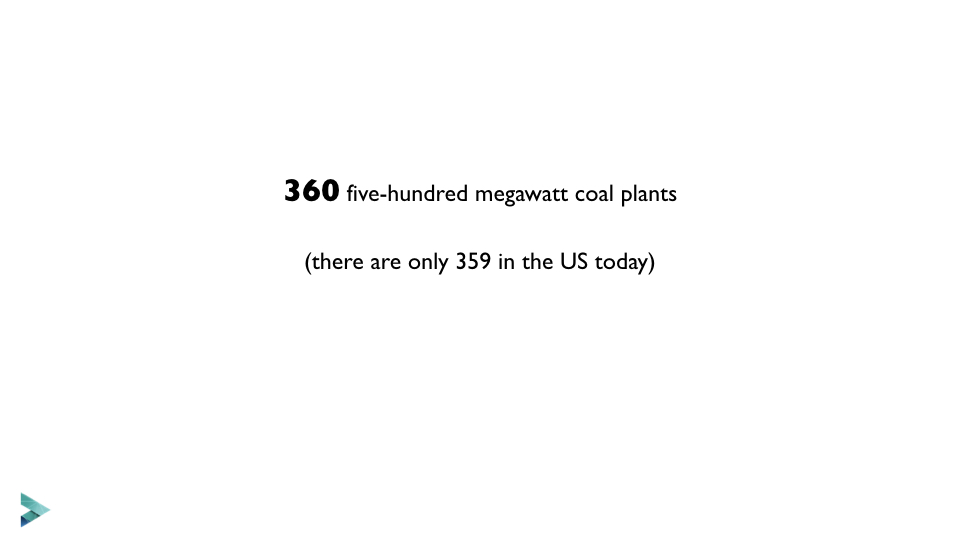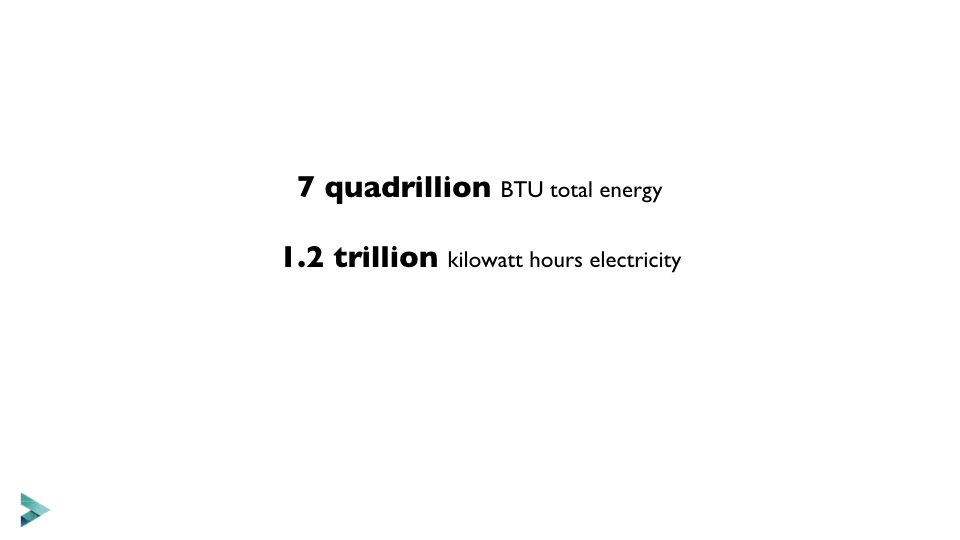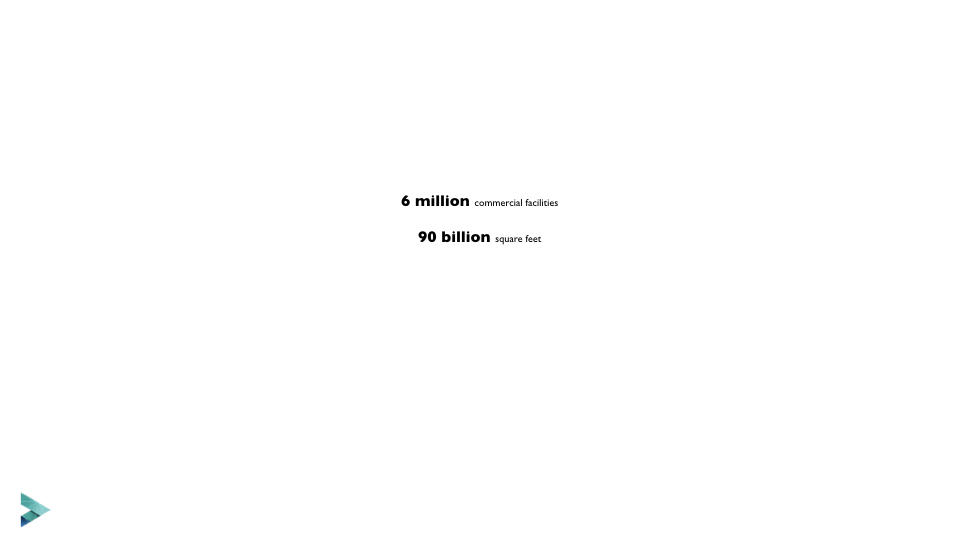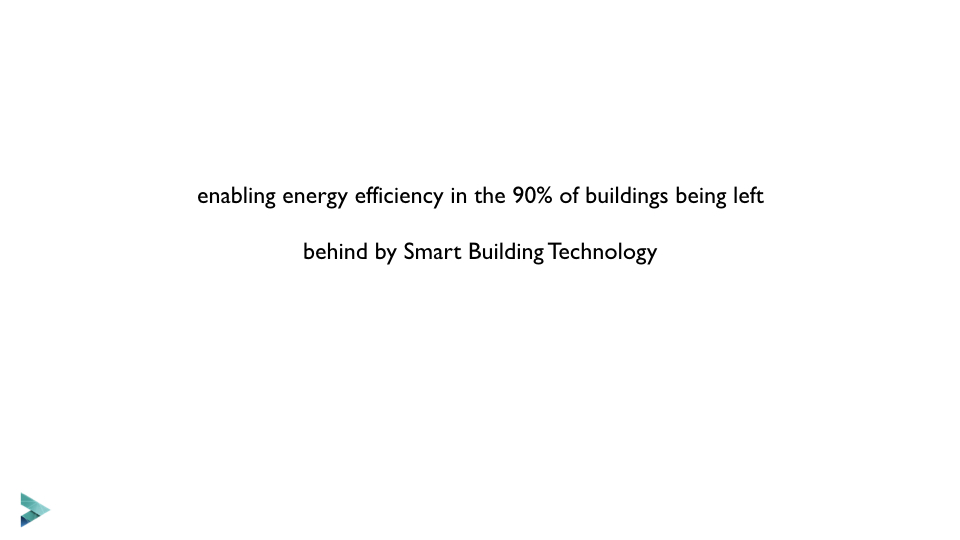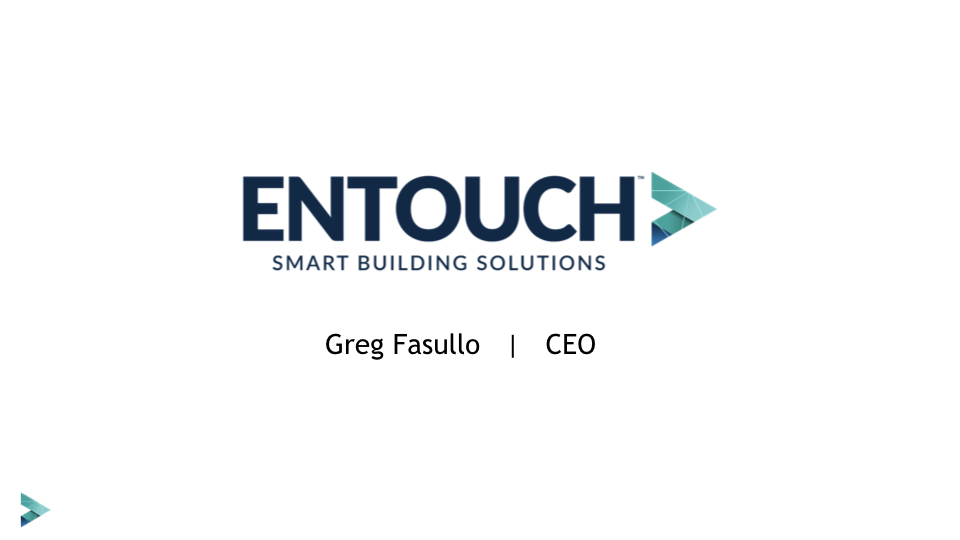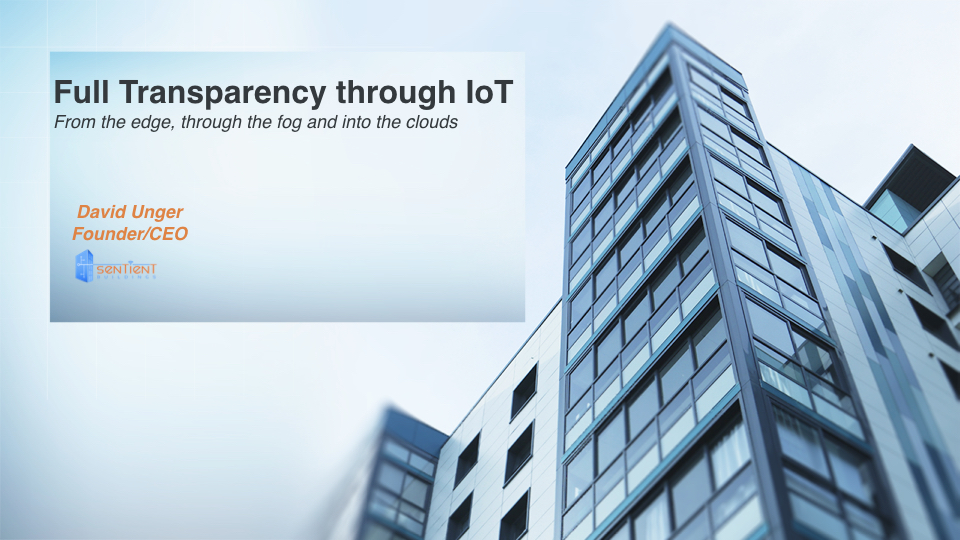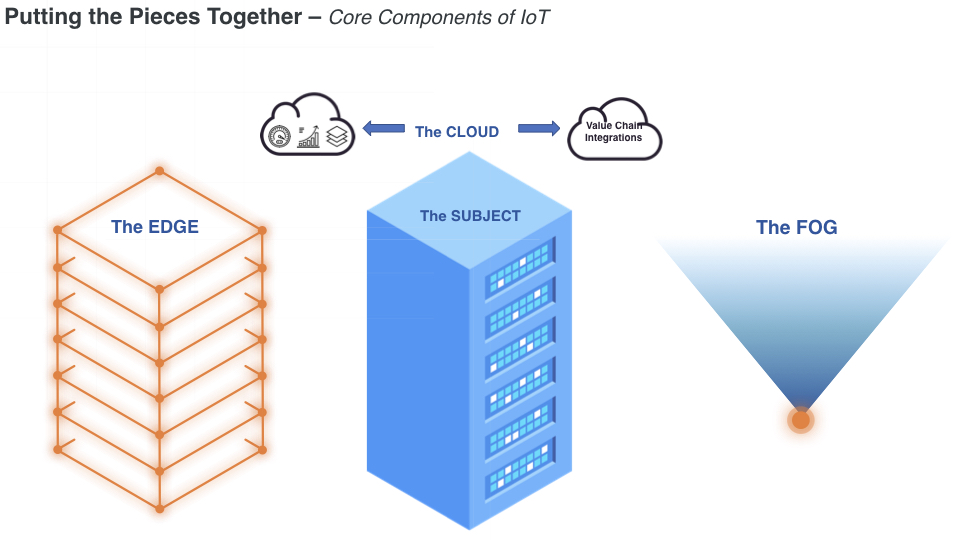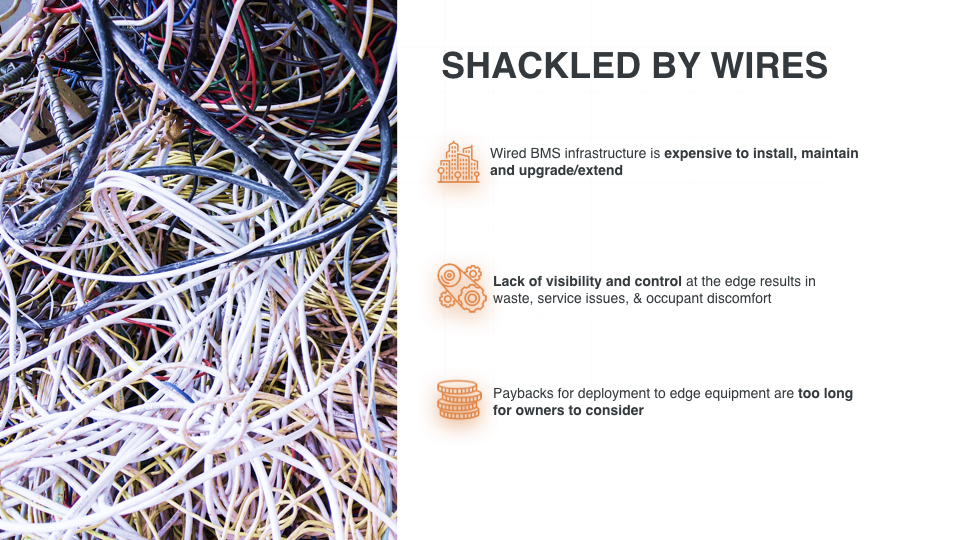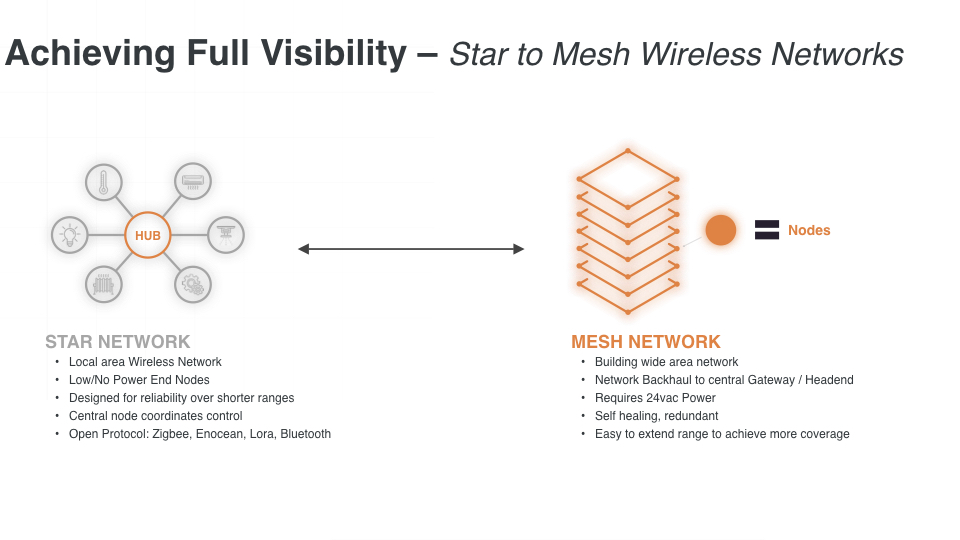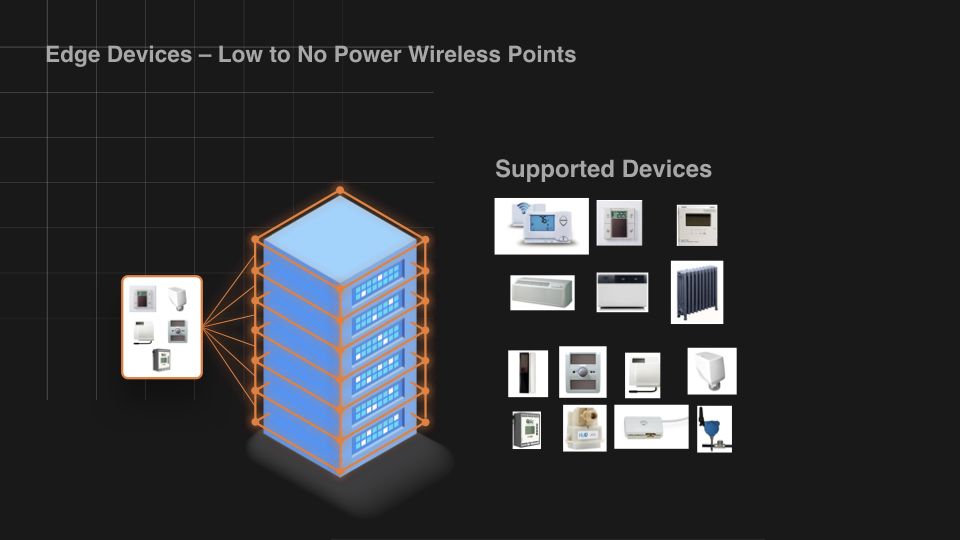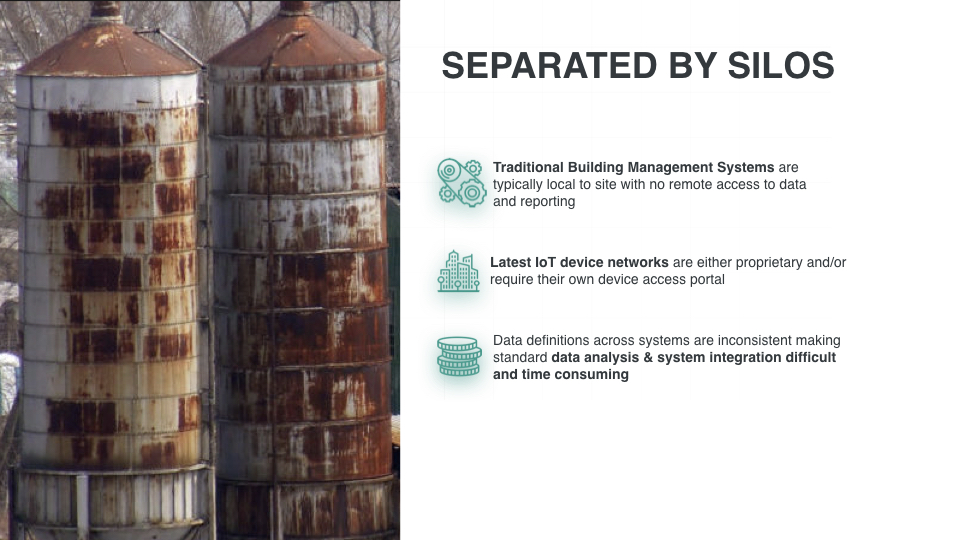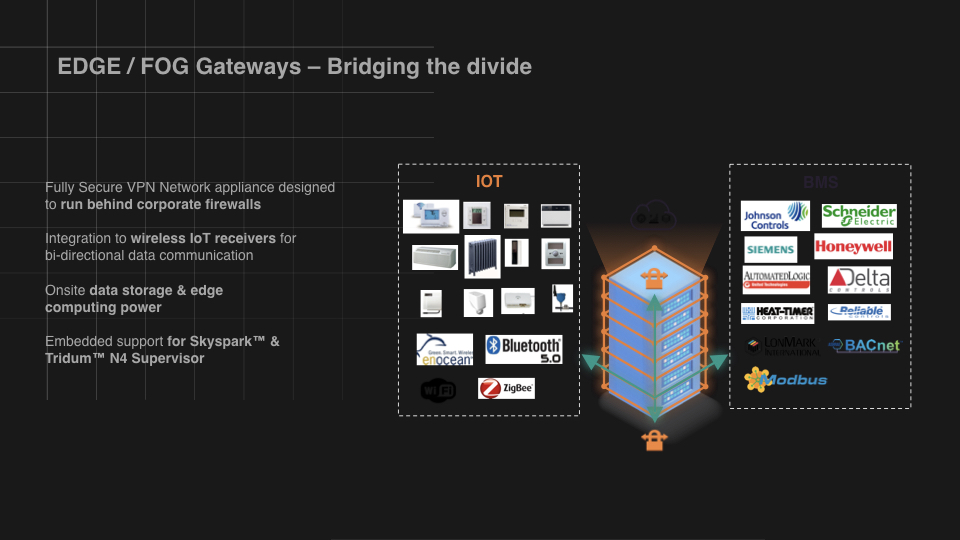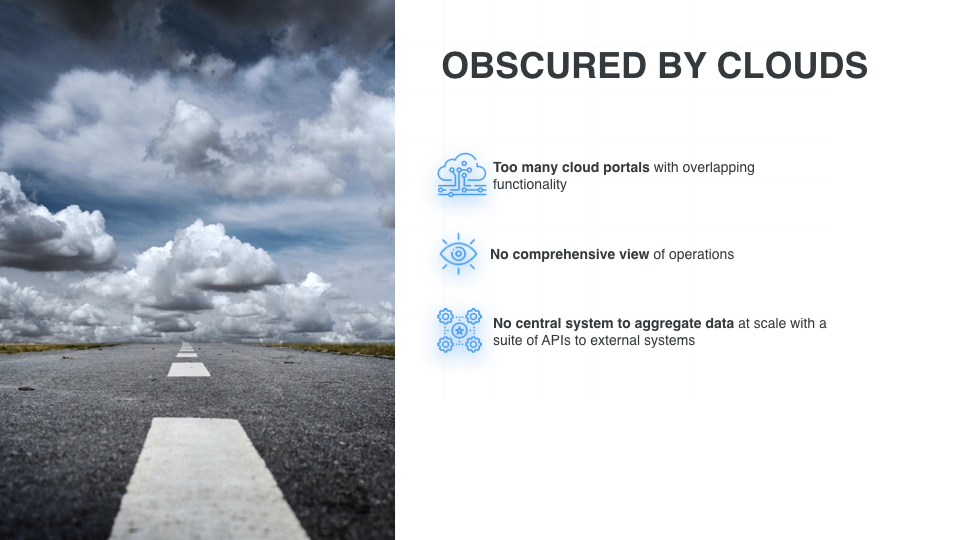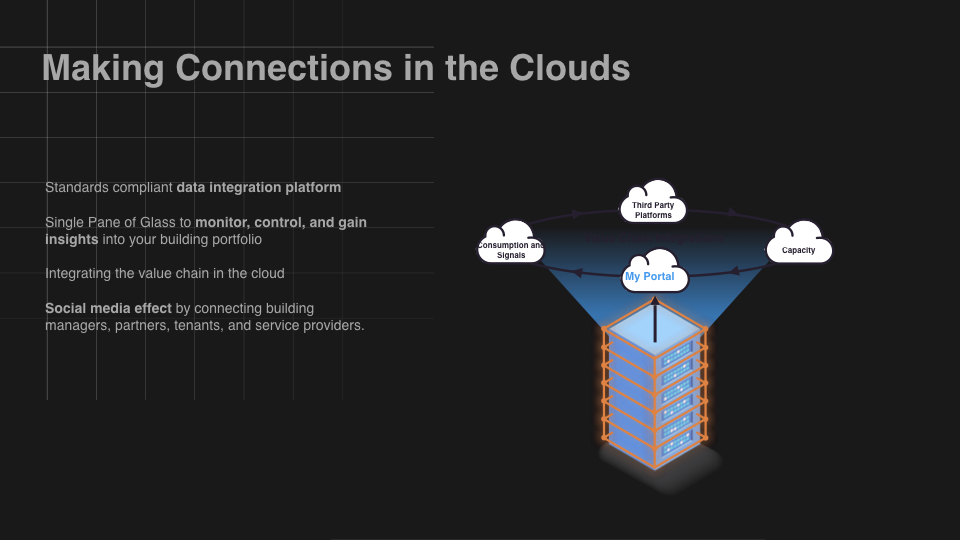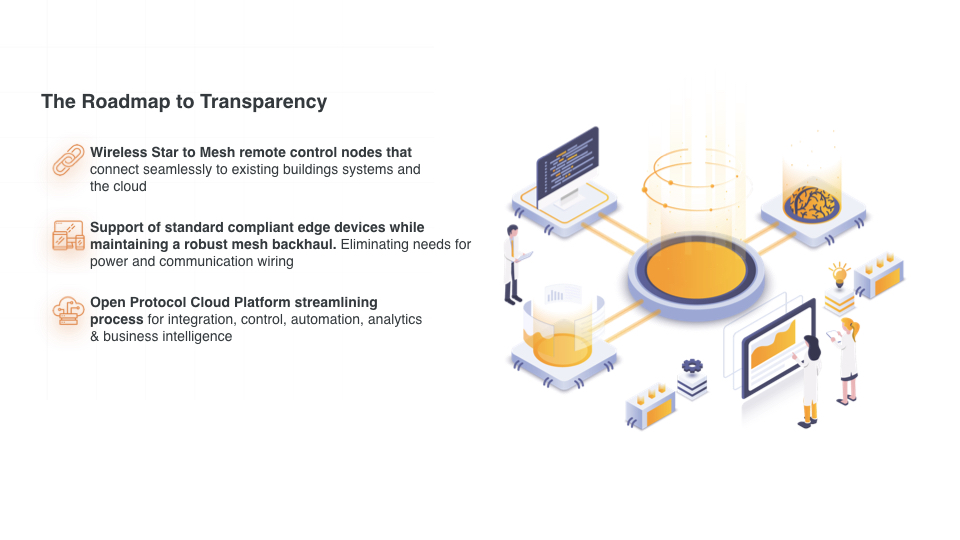By 2050 2.5bn more people will live in cities and our energy consumption will double. Of the buildings that will support our densified cities in 2050, 75% already exist. Cormac Crossan sheds light on dumb buildings and the infrastructure challenges we face today.
VIEW PRESENTATION:
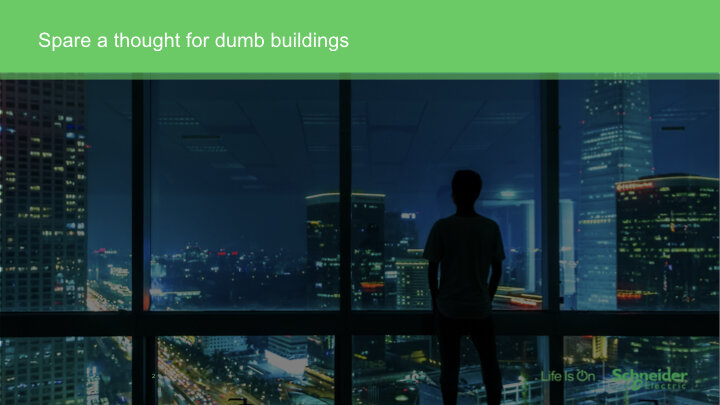
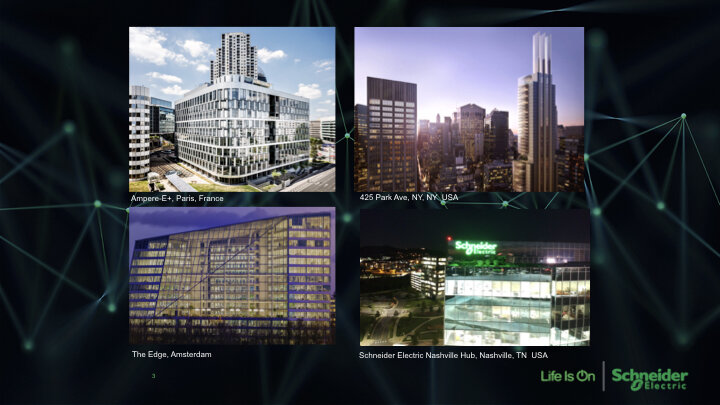
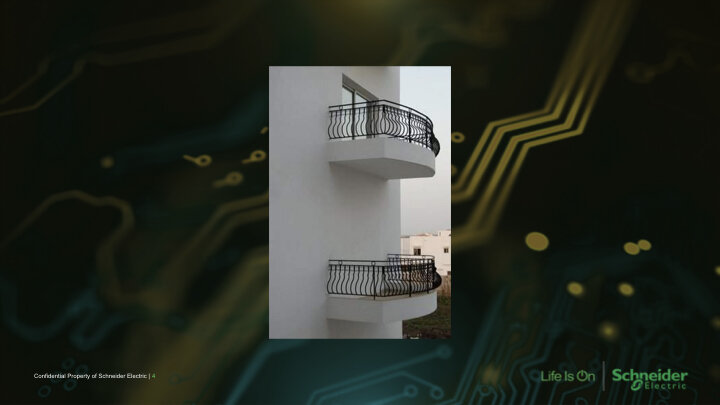
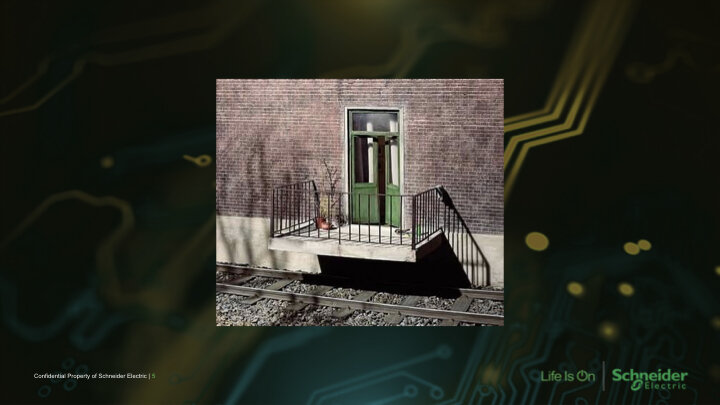

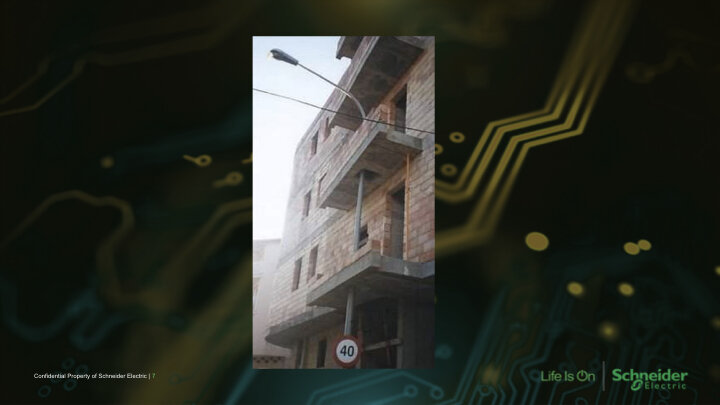

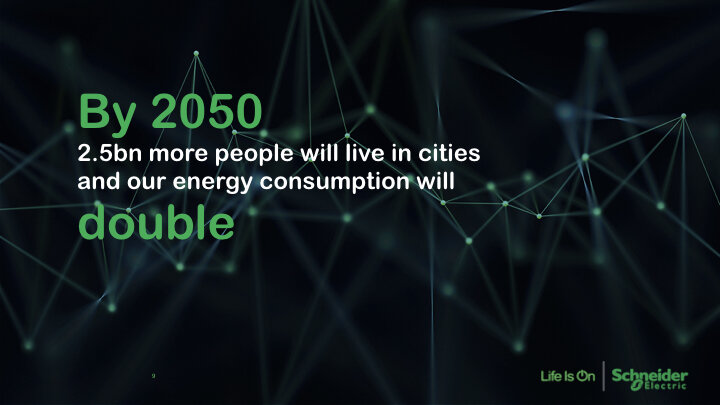
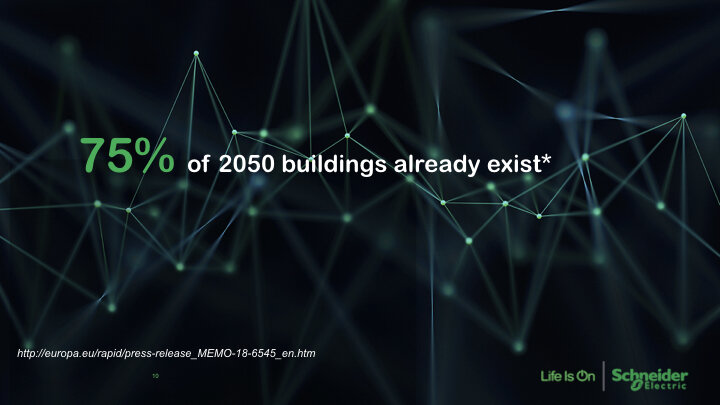
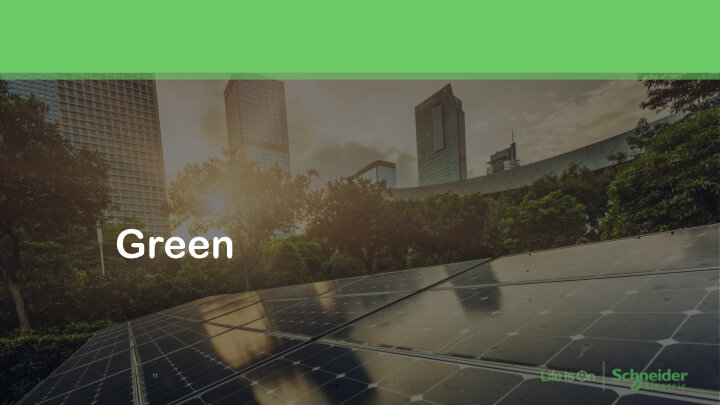



VIDEO TRANSCRIPT:
I wanted to prepare a talk for DUMB buildings. This will be my fiftieth marketing conference and these poor dumb buildings no one ever talks about. So we're always talking about buildings like these. They all get their day in the sun they get prizes awards. But the reality is the overriding majority of buildings in the world are nothing like these. They're way more like this or maybe this one. And they deploy technology like this and here's an example of some interesting lighting integration.
So you get my point right. So we've all had experiences of dumb buildings, that airport you love to hate or you know the office building you love to avoid, like the plague. That condo you should never bought, and like that.
I want you to think about the year 2050. Right. So given the pace of change in the world today I think we can all agree 2050 be a very different world. So the experts say it's going to be 2.5 billion more people living in cities. We will consume double the amount of energy we're consuming today.
The demand for electricity will be growing at twice the pace of the demand for energy. That's going to be much more electric in the world electrified and we need to reduce our carbon emissions by 50 percent to avoid catastrophic climate change. So going to need a few things to make all that happen. And one of the ingredients I think you'll agree would be very very smart buildings right.
But get this, seventy five percent of all of the buildings that will exist in 2050 are already here. Guys they're here and they've been they've been built. And unfortunately for us they are very very very far from smart. So while we're pondering this problem let me tell you a little bit about myself. My name's Cormac I'm obviously not from around here. Get that. Um I head global business development for real estate in Schneider Electric and I worked for 10 years in the datacenter business and in five years in real estate and I spent the last five years working out how we can apply the cloud that we built in data centers to build value in the real estate sector.
I work for a company called Schneider. You can see the logo down here. Schneier is a French company with a German name with a CEO based in Hong Kong and we do most of our turnover in North America. So easy.
In Schneider we spend over a billion dollars a year trying to solve questions like the one I just asked you “what do we do with all these dumb buildings?” and the good news is that there are some promising signs right. So we're already applying technologies from this amazing tool box that we've inherited from the I.T. sector that I worked in for 10 years. Tools like cloud analytics machine learning, A.I., mobile.
We're seeing some very promising signs of what I'm going to do is for the rest of this talk we're just going to look at three ways,that we can address the dumb buildings and try and get them ready for this challenge in 2050. So let's start.
Number one, we need to make them green. This is a no brainer right. So dumb buildings have a massive carbon footprint. So 30 percent of the world's carbon is produced by dumb buildings 40 percent of world's energy is consumed by those buildings and corporate occupiers don't want to move into them anymore. They're looking for sustainable spaces green spaces and the knock on effect from this is that these buildings are worth less. So studies show that the big buildings that do not have sustainability certifications are between 7 and 9 percent less valuable than their sustainable counterparts. So what do we do about that. Well the good news is we have lots of ways of addressing existing buildings that are not sustainable.
At Schneider we've worked on thousands of buildings to address the issue. I'm just gonna give you one example our own corporate headquarters is a 350,000 sq ft facility. And from the moment we moved in until today we have divided the energy footprint on a sq ft basis by 6 and we haven't replaced all the equipment in the building. Everything has been done by baby steps. So we add a variable speed drive here, we change a setting in the BMS here, yes we've added some renewables, we've done photovoltaic with geothermal but most of the changes have been added with a with a very short ROI in mind because we have a lease. So the message here is there really is a huge potential to make the buildings greener.
Second thing I will talk about is making them flexible so the way that we consume space and square foot is changing radically right, we're all talking about coworking, this event is co-sponsored by We, workplace policies are changing and get this, dumb buildings have difficulty in adapting to this these changes. But we're working with some of the largest banks in the world and we're able to instrument their buildings with smart IoT sensors. It doesn't take months or weeks or even days, we can do this in a matter of hours and we can start to gather information about how these buildings are behaving and what the usage is and how we can improve them.
Then we can take that data and we can start to improve the controls of the office buildings we have technology in on the control side that allows us to completely reconfigure an entire office in a matter of clicks with a fraction of the cost a fraction of the time a fraction of the loss of productivity. We're also working on technologies like micro grid where existing buildings can become way more agile and way more reactive to the way the energy environment is behaving around them so really exciting things happening in this area.
I left probably the single most important aspect to this for last and that is that we need to make existing buildings stickier. Now I don't know if you would agree with me on this but I believe the buildings today are waging a war, for our time. In retail this is called footfall, in offices this is called occupancy, It doesn't matter if we're talking about the same thing, getting us to spend time so that we produce and the biggest weapon in this war, the most important weapon in this war is something called experience. Just as up to now every building has a unique architectural footprint, every building going forward will have a unique and unique experience many times digitally rendered, which will typify it. The race to provide that best experience is most definitely on.
So I've been fortunate to have been involved in the corporate headquarters project of a large French bank Societe Generale and the experience that they provide in their building is absolutely incredible. We provided them with the mobile applications for every person in that building is given an android phone and that phone accompanies them through their entire day. As you're approaching the building it tells you if you can park in the building, where you can park in the building, it acts as your access control taking you through the turnstiles, you pay for your coffee with it, It will tell you using the phone. No cash in the building, it guides you to the closest collaboration space and then you can control your environment with the phone. You can close the shutters, turn on the lights, change the temperature and if something's not working you can tell the FM again through your phone. This experience, It's like Pringles, once you pop you can't stop. So this is the way things are going. So making things sticky is yeah hugely important.
So parting question from you guys is probably how do we pay for this. So the good news is that is doesn’t have to be a zero sum game. So if we look at for example a world energy report, they state that 82 percent of the global economic potential of energy efficiency is untapped. How long have we been doing green buildings? Long time, right. So we have a huge amount of potential value to create, money to be minted, gold to be mined, It's just waiting there. The other soundbite I wanted to give you was from a European Commission funded report, which was carried out by the Wuppertal Institute in Germany and Cambridge Macroeconomics. They basically ran their survey across hundreds of buildings and they said the following. They said that smart connected commercial buildings typically command rents of up to 11.8% higher than non connected equivalents, and they transact for between 5 and 35% more. So these are massive amounts of capital that we can that we can potentially access. So my time is up. If you've enjoyed this conversation please reach out to me on LinkedIn and we can carry it on we'll be delighted to speak with you. Thank you.




